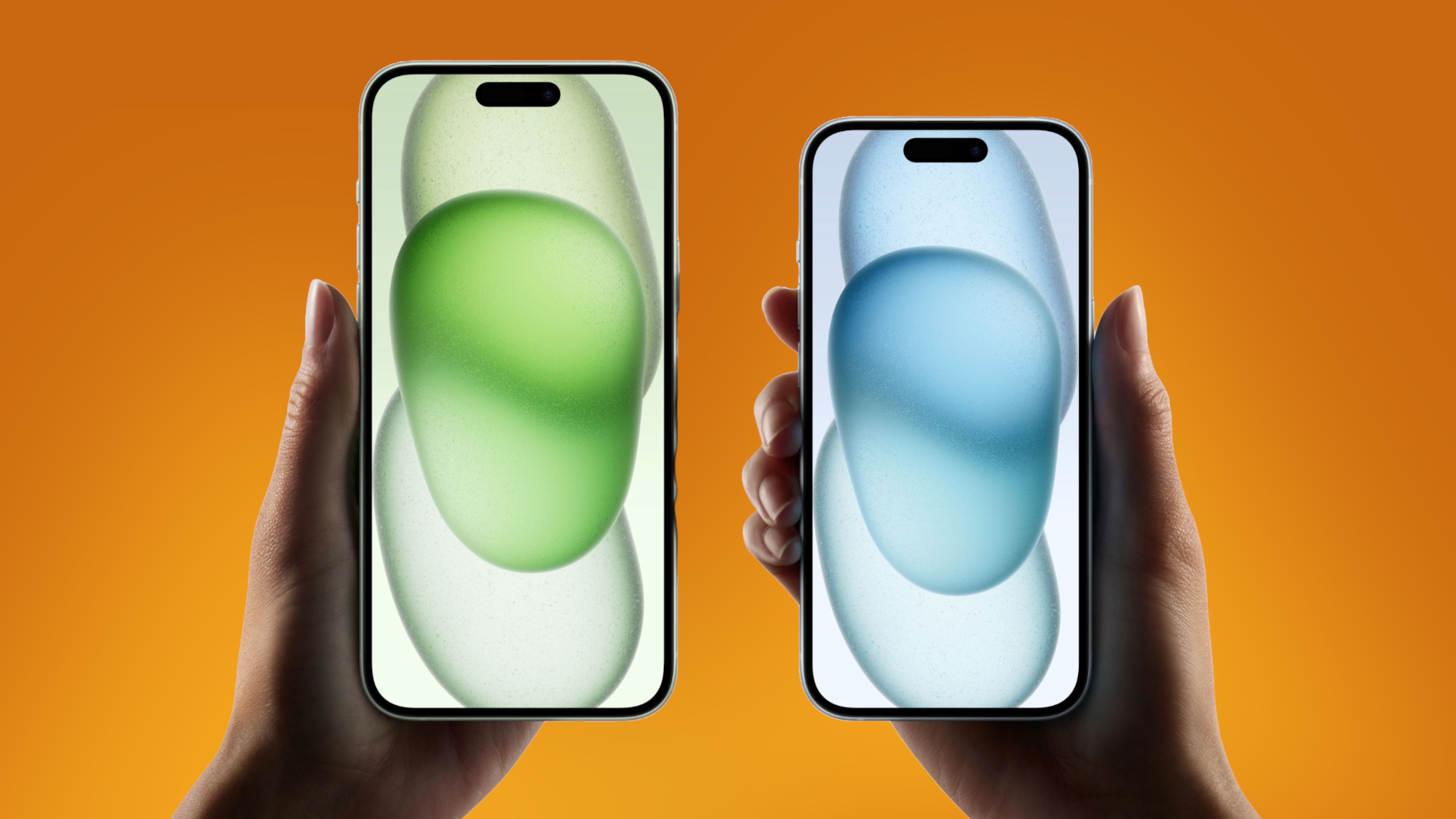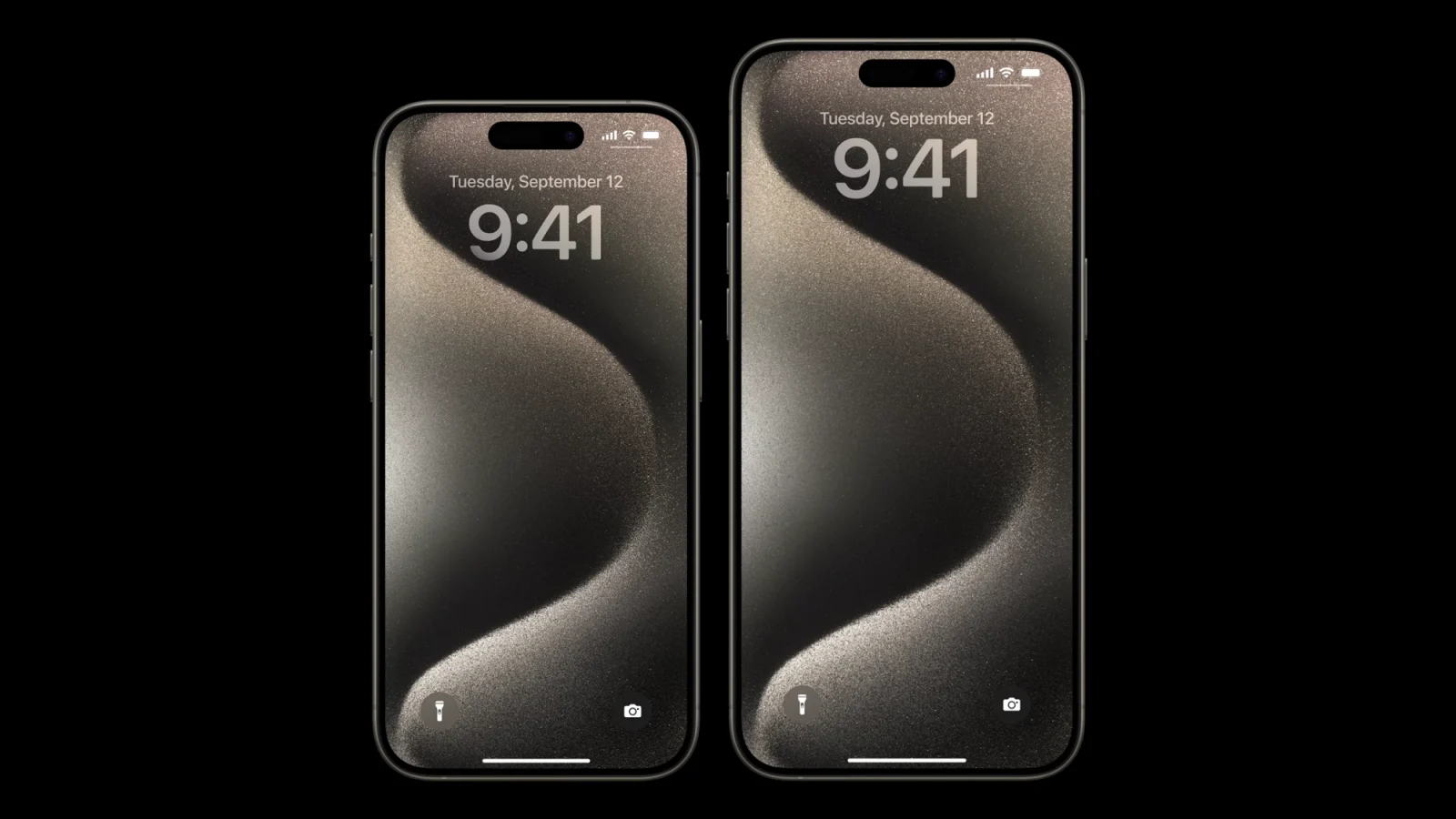The iPhone 16 Plus might be the last of its kind if predictions from analysts Ming-Chi Kuo and Jeff Pu hold true. Apple is expected to discontinue the larger-screened standard iPhone in favor of a new premium model, the iPhone 17 Slim. This move would mirror the fate of the iPhone Mini, which was introduced in 2020 and discontinued after its successor failed to attract significant sales.
Apple has a history of periodically revamping its iPhone lineup, introducing various models such as the Plus, Mini, Max, and Pro Max over the past decade. The iPhone 16 Plus’s potential discontinuation aligns with this trend. Analysts suggest the larger version of the standard iPhone might not be as compelling compared to the Pro models, given that large screens have become mainstream and no longer provide the novelty they once did.
Data indicates that the iPhone Plus series hasn’t been a top seller. Ming-Chi Kuo reported that the iPhone Plus accounted for only 5% to 10% of new iPhone shipments. Similarly, research firms like Canalys and Omdia showed that the iPhone Plus models didn’t rank among the top phones shipped in recent years, further suggesting a lack of consumer interest compared to other iPhone models.

The iPhone Mini faced a similar challenge, with the iPhone 12 Mini accounting for a small fraction of sales shortly after its release, leading Apple to cut its production and eventually discontinue the model. The iPhone Plus’s issues are compounded by the minimal price difference between it and the more advanced Pro models, which offer superior features and make the Plus model less attractive to consumers.
Big-screen phones, once novel, are now standard, reducing the unique appeal of the iPhone Plus. This trend, combined with changing consumer purchasing habits, where monthly payment plans make the price difference between models less significant, has impacted the appeal of the iPhone Plus.
Consumers tend to hold onto their phones longer and prefer models with more advanced features, further diminishing the Plus model’s marketability.
The upcoming iPhone 17 Slim could reinvigorate interest with its significantly slimmer design, potentially offering a fresh take on iPhone aesthetics. Historical success with models like the iPhone X, which introduced a new design and became a bestseller despite its higher price, suggests that a distinctive design could capture consumer interest.
However, the iPhone 17 Slim might need to offer more than just a slimmer profile to differentiate itself, especially if it lacks features like the triple-camera setup found in other premium models. Multiple reports hint at Apple’s focus on design innovation, which could signal a new direction for future iPhone generations.







Leave a Reply